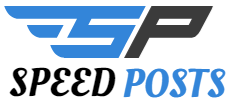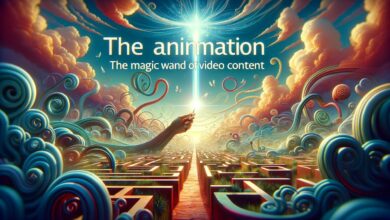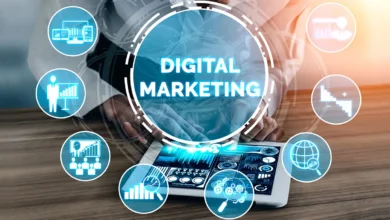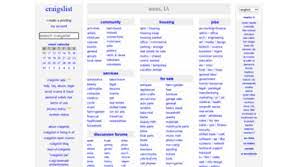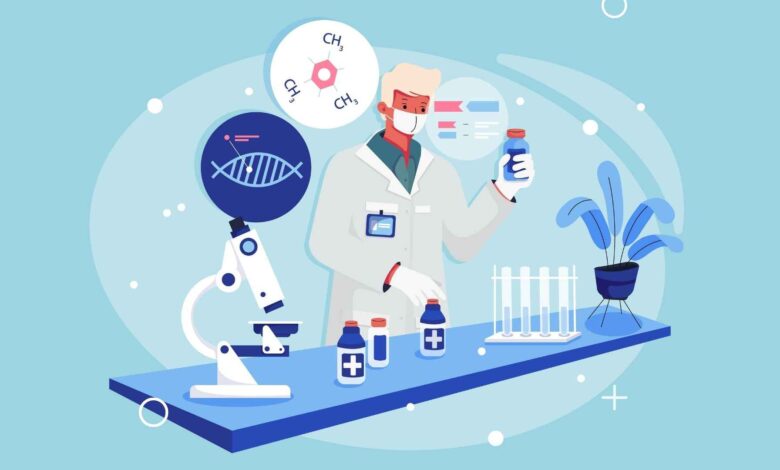
In the vast and intricate world of pharmaceuticals, where the molecular dances with the macroscopic, conveying the nuanced complexities of medications, treatments, and mechanisms of action can be as daunting as explaining quantum physics to a kindergartner. Enter the unsung hero of our modern digital age: pharmaceutical animation services. This innovative approach has revolutionized the way we understand, learn, and educate in the healthcare sector. Let’s embark on a journey through the pixels and polygons that bring the microscopic world to our screens, making the invisible, visible, and the incomprehensible, crystal clear.
The Magic Behind the Scenes
Pharmaceutical animation isn’t just about creating visually appealing content; it’s an art form that blends scientific accuracy with storytelling, making the tough-to-grasp concepts accessible and engaging. Whether it’s a 2D medical animation simplifying the life cycle of a virus or a 3d medical animation video showcasing the mechanism of a new drug at the cellular level, these animations serve as a bridge connecting healthcare professionals and patients to the underlying science in an intuitive way.
Why Pharmaceutical Animation?
- Enhanced Understanding: Complex biochemical processes and mechanisms of action are translated into easily digestible visual narratives.
- Increased Engagement: Let’s face it, a minute of animation can hold attention spans better than pages of text or hours of lectures.
- Versatility: From educational materials for patients to detailed drug mechanism action presentations for healthcare providers, the applications are vast.
- Memorable Content: Visual learning aids improve recall, making crucial information stick longer in the audience’s memory.
A Palette of Possibilities
The spectrum of pharmaceutical animation services is as diverse as the field of medicine itself. Here’s a glimpse into the myriad ways these animations are being utilized:
- Patient Education: Simplifying patient information leaflets into engaging animations that explain how medications work or what to expect during treatment.
- Medical Training and Education: Offering an immersive learning experience for medical students and professionals, detailing anatomical and physiological concepts beyond the reach of textbooks.
- Mechanism of Action (MoA) Videos: Illustrating the MoA of drugs, providing a clear understanding of how treatments work at the molecular level.
- Marketing and Sales: Enhancing marketing materials with animations that succinctly convey the benefits and functions of pharmaceutical products to potential customers.
Crafting the Perfect Animation: A Behind-the-Scenes Look
Creating an effective pharmaceutical animation is no small feat. It’s a meticulous process that involves a deep understanding of both science and storytelling. Here’s a peek into the journey from concept to creation:
- Collaboration and Research: Initially, animators work closely with subject matter experts to ensure scientific accuracy. This phase is all about gathering information, understanding the message, and planning the narrative.
- Storyboarding: Like drafting the blueprint of a building, storyboarding outlines the animation, ensuring a logical flow and identifying key visuals.
- Design and Animation: This is where the magic happens. Using software tools, animators bring the storyboard to life, creating engaging and informative visuals.
- Voiceover and Sound Effects: Often, a compelling narration accompanied by sound effects is added to enhance the storytelling and engage the audience further.
The Future is Animated
As technology advances, so too do the capabilities and applications of pharmaceutical animation. Emerging trends and technologies are set to push the boundaries of how we visualize and understand the world of healthcare:
- Virtual and Augmented Reality: Immersive VR and AR experiences are on the horizon, offering even more engaging and interactive ways to explore medical concepts.
- Personalized Animations: With the rise of personalized medicine, there’s potential for animations tailored to individual patient’s conditions and treatments, enhancing understanding and compliance.
- AI and Machine Learning: Integrating AI could streamline the animation process, from automating research to customizing animations based on the viewer’s understanding and interests.
Navigating the Challenges
Despite the clear benefits, incorporating pharmaceutical animation services isn’t without its hurdles. Ensuring scientific accuracy, managing production costs, and keeping content up-to-date with the latest research findings are ongoing challenges. However, the value these animations bring in enhancing understanding, engagement, and education in the medical field far outweighs these obstacles.
A Visual Ode to Science
Pharmaceutical animation is more than just a tool; it’s a visual ode to the marvels of medicine and science. It transforms the abstract and obscure into the tangible and understood, bridging gaps between knowledge and comprehension, experts and laypeople, science and storytelling. As we move forward, the fusion of art, science, and technology embodied in pharmaceutical animation services will continue to play a pivotal role in educating, informing, and inspiring both within the healthcare industry and beyond.
In conclusion, whether it’s through a 2D medical animation simplifying complex processes or a 3d medical animation video bringing new treatments to life, pharmaceutical animations serve as powerful educational tools. They not only enhance our understanding of medications and their mechanisms but also hold the promise of making healthcare more accessible and engaging to all. As this field continues to evolve, one thing remains clear: the future of pharmaceutical education and communication is vibrant, visual, and vividly animated.
